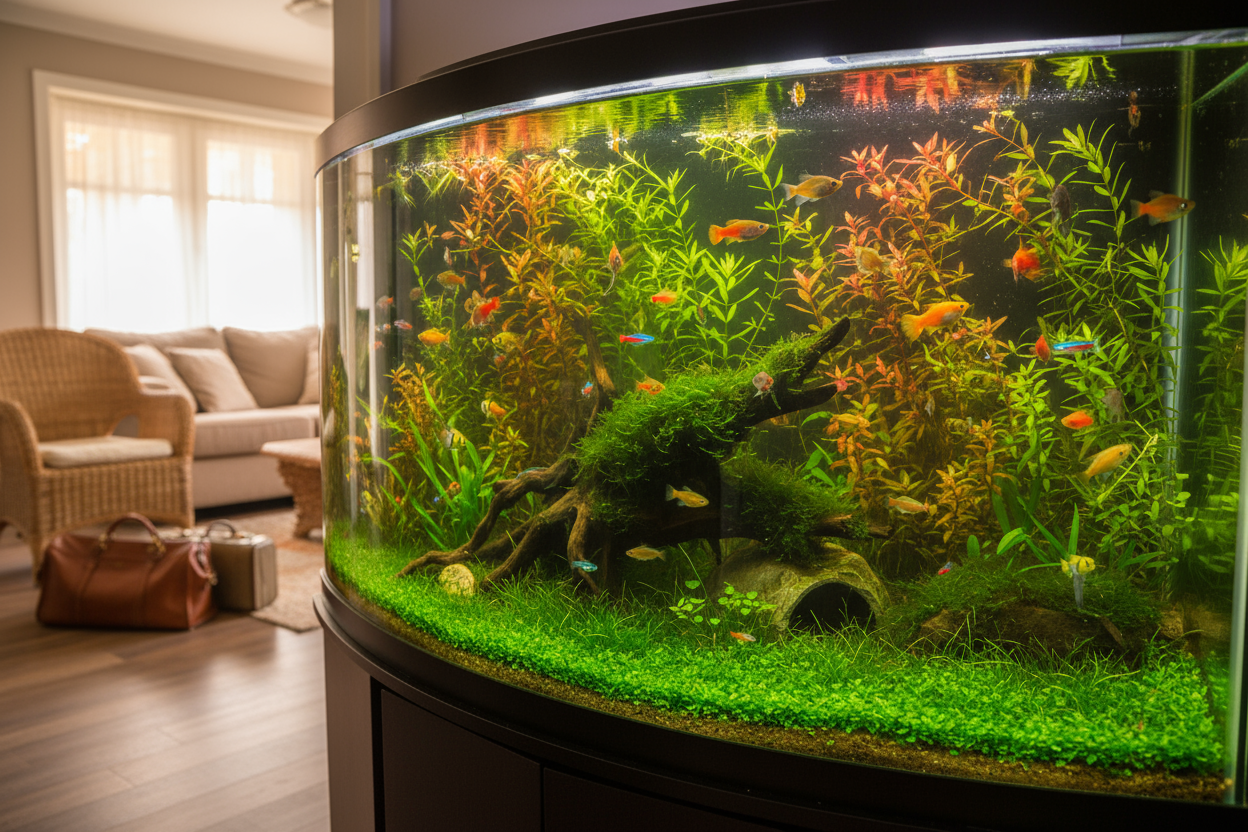Trending searches
Popular collections
Popular products
Cart
$0
Cart
$0


Anubias species are among the most popular aquarium plants, loved for their hardy nature, low maintenance, and ability to thrive in low-light conditions. However, even these resilient plants can experience issues like melting or rhizome rot, especially right after planting. Understanding why this happens and how to prevent it will help keep your Anubias healthy and thriving for years to come.

“Melt” refers to a sudden deterioration where the plant’s leaves turn soft, translucent, and disintegrate within a few days. It can look alarming, but it doesn’t always mean the plant is dead.
Transition shock: When moved from emersed (grown above water) to submerged (underwater) conditions, old leaves may die off as the plant adapts.
Sudden parameter change: Rapid shifts in temperature, pH, or hardness can stress the plant.
Poor water flow or low oxygen: Stagnant areas can suffocate the plant tissues.
High ammonia or nitrate spikes: Newly cycled tanks often trigger melt in sensitive plants.
🪴 Tip: Even if the leaves melt, keep the rhizome healthy — new leaves will regrow once the plant adjusts.

Rhizome rot is a more serious issue than melt. It starts at the rhizome — the thick, horizontal stem — and causes it to become mushy, brown, and foul-smelling.
Buried rhizome: The #1 cause of Anubias rot. When the rhizome is buried in substrate, it can’t get enough oxygen, causing it to decay.
Overuse of glue or thread: Sealing too tightly with super glue or thread prevents oxygen flow to the rhizome.
Bacterial infection: Damaged or dying tissue invites bacteria and fungi to spread through the plant.
Old, decaying leaves: If not pruned, they can trap detritus and promote bacterial growth.
Keeping your Anubias healthy is easy once you understand its natural growth habits.
Never bury the rhizome. Attach the plant to rocks, driftwood, or decor using cotton thread or plant glue — only the roots should touch the substrate.
Provide moderate water flow. It helps prevent bacterial buildup and keeps the rhizome oxygenated.
Use clean tools. When trimming or splitting Anubias, always use sterilized scissors to avoid infection.
Lighting: Low to moderate (avoid direct, intense light that causes algae).
Water temperature: 72–82°F (22–28°C)
pH: 6.0–7.5
CO₂: Optional but beneficial for lush growth.
Remove yellow or soft leaves promptly.
Gently rinse off detritus or algae buildup.
If rot begins, cut off the damaged portion of the rhizome and reattach the healthy part.

If your Anubias starts melting or showing early signs of rot:
Trim off the affected leaves and damaged rhizome areas.
Rinse gently in dechlorinated water.
Reattach to clean rock or driftwood in a well-circulated area of the tank.
Keep lighting moderate and water clean.
Within a few weeks, new shoots should begin to emerge from the rhizome.
Anubias are tough, beautiful, and long-lived plants — perfect for both beginners and advanced aquascapers. Most cases of melt or rot  stem from simple mistakes like burying the rhizome or sudden tank changes. With proper placement, stable water conditions, and a little patience, your Anubias will stay vibrant for years.
stem from simple mistakes like burying the rhizome or sudden tank changes. With proper placement, stable water conditions, and a little patience, your Anubias will stay vibrant for years.






Our mission is to enhance the aquatic experience by providing superior-quality plants and expert guidance to aquarists across America. We are committed to sustainable and responsible sourcing, ensuring our customers receive healthy, vibrant plants. We aim to foster a deeper appreciation for aquatic life and promote the joy of aquascaping.
Subscribe to get special offers and exclusive deals straight to your inbox.
© 2025, Aquarium Plants Factory
!

1 comment
Maranda
We have a betta fish he loves his tank and the plants we have in there he has even made a nest but the plants i have noticed that some leaves are browning what can i do?